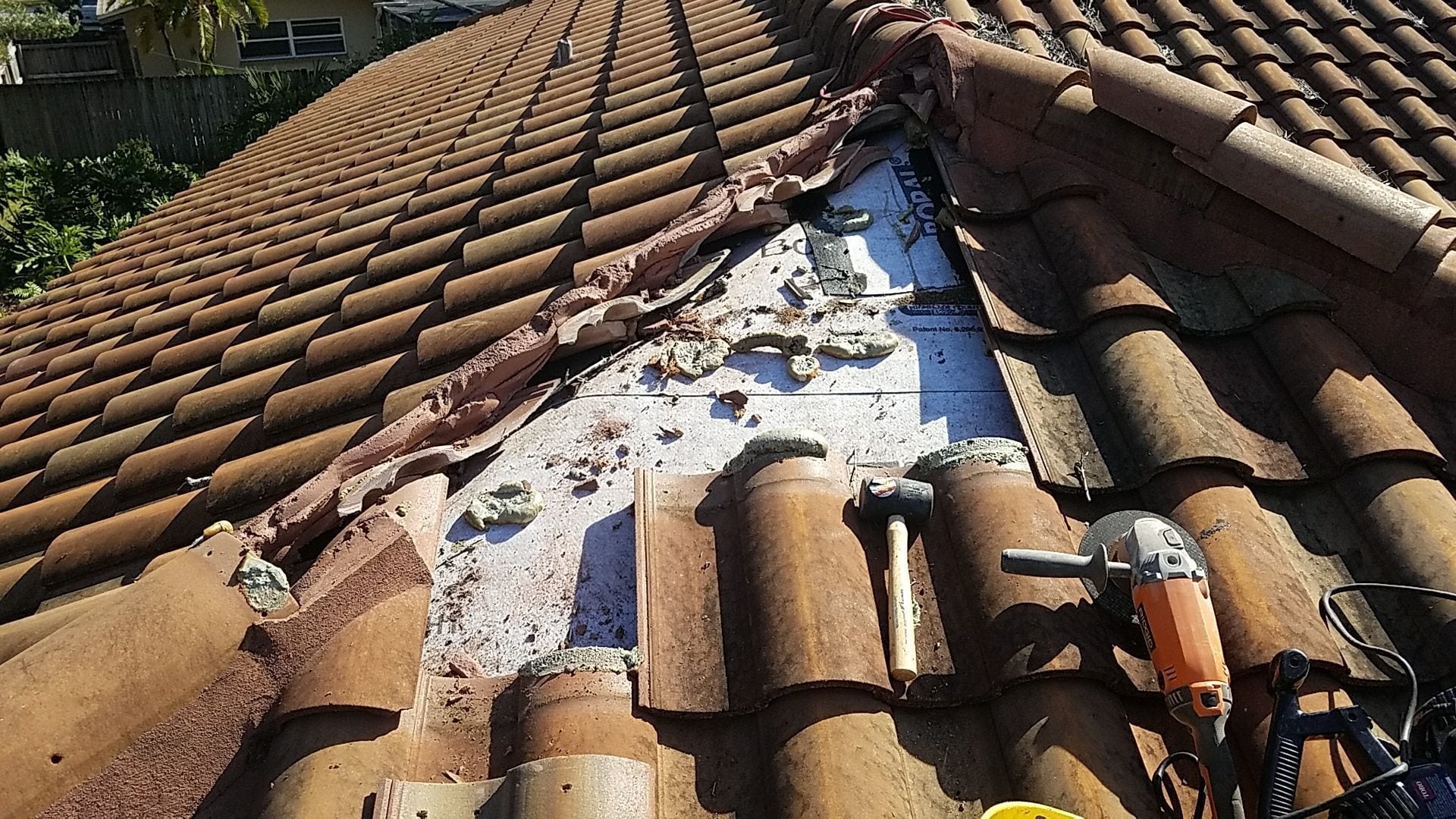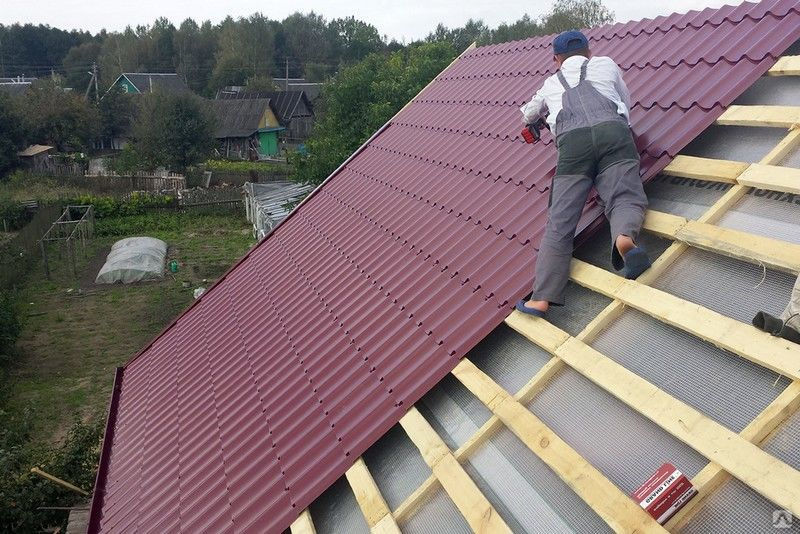Selecting the right roofing material for your home is a critical decision that influences both aesthetic appeal and long-term durability. With a myriad of options available, it can be challenging to navigate through the choices. In this comprehensive guide, we’ll explore factors to consider and provide insights into various roofing materials to help you make an informed decision.
Factors that influence the durability of roofing materials include the climate and weather conditions in your area, the quality of materials and installation, and the anticipated lifespan of the material. Additionally, the maintenance and care provided for the roofing material can also impact its durability.
Climate Considerations
The climate in your region determines the best roofing material. Some materials, like asphalt shingles, are well-suited to a variety of climates, while others, such as metal or slate, may offer better resistance to extreme weather conditions.
Asphalt shingles are a versatile option that withstands a variety of climates. In colder regions, they are durable against the freeze-thaw cycle and can easily handle heavy snowfall. In warmer climates, they provide excellent insulation and keep the home cool during the summer months. However, they may not provide the same level of fire resistance as other roofing materials, and they can be more susceptible to high wind damage.
Budget and Cost Factors
Your budget is a significant factor in decision-making. Different roofing materials come with varying costs, including installation and maintenance expenses. Evaluate your budget and weigh the initial investment against the long-term benefits and durability of the chosen material.
Metal roofing materials offer excellent durability and longevity, with the potential to last the home’s lifetime. They are also fire-resistant and resistant to wind damage. However, metal can be noisy in heavy rain or hailstorms, and may need specialized installation. Slate roofing materials are prestigious and visually appealing, providing a natural look that enhances home aesthetics. They are durable and can withstand extreme weather conditions, including high winds and extreme temperatures. Slate is an expensive option and may require additional structural support. It is also heavier than some other materials and may require specialized equipment for installation.
Aesthetic Preferences
The roof is a prominent feature of your home’s exterior. Consider the architectural style of your house and your personal preferences when choosing a roofing material. Options range from the classic appeal of asphalt shingles to the modern look of metal or the timeless elegance of slate.
Metal roofing often requires specialized equipment and techniques to ensure proper installation. This includes specialized screws or fasteners designed to handle the heavy weight of metal panels. Additionally, experienced professionals are needed to ensure the roof is installed correctly, resulting in a watertight and secure installation. The installation process may also involve sealing and caulking the edges and joints to prevent leaks. It may also involve providing proper underlayment to offer insulation and protect against noise.
Durability and Lifespan
Each roofing material has a different lifespan and durability. Asphalt shingles are a cost-effective choice with a moderate lifespan, while metal and slate roofs often boast longer life expectancies. Factor in the durability of the material in light of the local climate and potential environmental challenges.
Metal roof installation typically involves the following steps:
1. First, the necessary structural support is added to the home, such as roof decking or battens. This is to ensure that the metal roof panels will be securely attached.
2. Next, an underlayment material is installed to provide insulation, protect against noise, and prevent leaks.
3. The metal roof panels, which come in various shapes and sizes, are then placed and secured using specialized screws or fasteners.
4. Finally, the edges and joints are sealed and caulked to ensure a watertight installation. The entire roof is inspected for any final adjustments or repairs.
Maintenance Requirements
Some roofing materials require more maintenance than others. Consider your willingness and ability to perform regular maintenance tasks. For example, asphalt shingles may need periodic inspections and replacements, while metal roofs are generally low-maintenance.
Metal roofs are known for their exceptional durability and longevity, often lasting two to three times longer than asphalt shingles. They are resistant to cracks, warping, insect damage, and fire, providing excellent protection for your home. Metal roofs can withstand extreme weather conditions, including high winds and hailstorms, ensuring long-term performance and minimizing the need for frequent repairs or replacement.
Energy Efficiency
Energy-efficient roofing materials can reduce heating and cooling costs. Materials with reflective properties, such as metal roofing or certain tiles, can regulate indoor temperatures and enhance energy efficiency.
Some different types of energy-efficient roofing materials include reflective shingles, which can help reduce energy consumption by reflecting sunlight away from the home; cool roofs, which are designed to absorb more sunlight and absorb less heat; and vegetative roofs, which incorporate live plants or vegetation, helping to insulate the building and reduce energy consumption through natural cooling and heating effects. These energy-efficient roofing materials save money on energy bills but also contribute to a more sustainable and environmentally friendly built environment.
Local Building Codes and Restrictions
Familiarize yourself with local building codes and restrictions regarding roofing materials. Some areas have specific requirements or restrictions based on factors like fire resistance or historical preservation. Ensure your chosen material complies with these regulations.
Installing vegetative roofs involves placing a waterproof membrane on top of a roof deck, followed by a layer of soil and vegetation. These roofs can be walked upon and support a variety of vegetation, including wildflowers, sedum, and moss. As vegetation on vegetative roofs absorbs sunlight, it releases moisture and reduces the temperature of the roof surface. This leads to decreased energy consumption for cooling purposes. Additionally, these roofs provide insulation, reduce stormwater runoff, and improve air quality, making them an environmentally friendly choice for roofing materials.
Installation Complexity
Consider the complexity of the installation and whether your chosen roofing material requires specialized skills. While asphalt shingles are relatively straightforward to install, materials like slate or clay tiles may require experienced professionals for proper installation.
Asphalt shingles are relatively simple to install, while slate or clay tiles require more expertise and specialized skills. Vegetative roofs also involve a layered installation process, with a waterproof membrane, soil, and vegetation needing to be properly put in place. These complexities in installation can affect the overall cost and time required for installation, as well as the need for professionals with specialized training.
Choosing the right roofing material involves a thoughtful evaluation of various factors, including climate, budget, aesthetics, durability, maintenance, energy efficiency, and local regulations. By carefully considering these aspects, you can make an informed decision that enhances the overall functionality, appearance, and longevity of your home’s roof.
Climate plays a crucial role in choosing the right roofing material. For example, in rainy or humid climates, materials with good water resistance and durability like metal or tile may be preferred. In hot and dry climates, materials that help regulate heat and keep the building cooler, such as asphalt shingles or vegetative roofs, may be more suitable. Additionally, climates with extreme temperature fluctuations may require materials with good thermal resistance, such as foam roofs or metal roofs with coatings.



